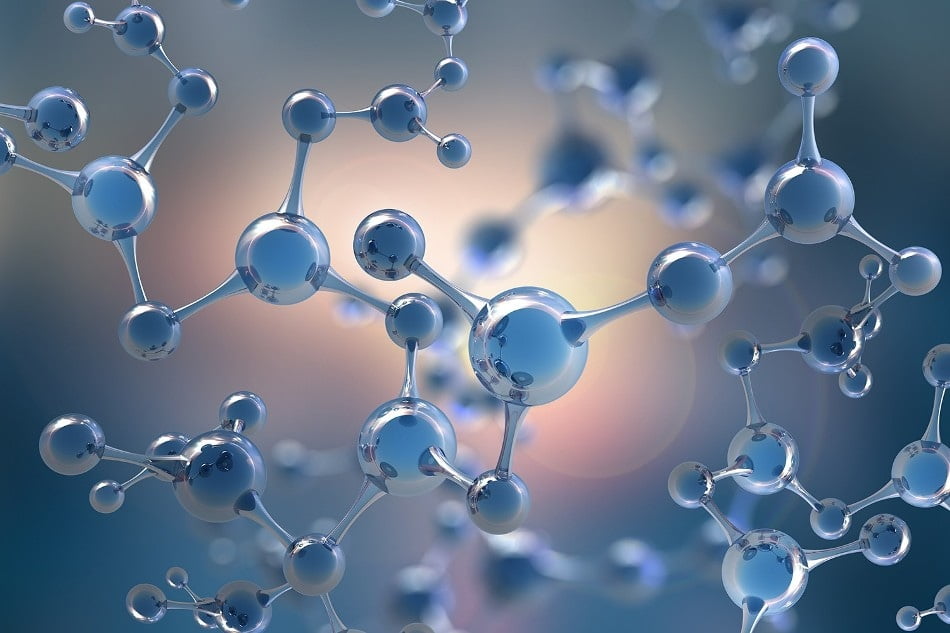The synthesis of nano materials has gained significant attention in various scientific fields due to their unique properties and potential applications. Nano materials refer to materials with at least one dimension in the nanoscale range (1-100 nanometers). They exhibit distinct characteristics compared to their bulk counterparts, including enhanced mechanical, electrical, optical, and chemical properties. This article explores the synthesis methods of nano materials and highlights their diverse applications across multiple industries.
- Bottom-Up Approaches: Bottom-up approaches involve the assembly of nano materials from atomic or molecular constituents. These methods allow precise control over the size, shape, and composition of the resulting nano structures. Some commonly used bottom-up approaches include:
- Chemical Vapor Deposition (CVD): CVD involves the reaction of vaporized precursor molecules on a substrate, resulting in the growth of nano materials. It is widely used to synthesize carbon nanotubes, graphene, and thin films.
- Sol-Gel Method: This technique utilizes a sol, a colloidal suspension of solid particles in a liquid, which undergoes gelation to form a solid material. It is employed for the synthesis of metal oxides, such as silica, titania, and alumina.
- Hydrothermal/Solvothermal Synthesis: These methods involve the use of high-pressure and high-temperature conditions in a liquid medium to promote the formation of nano materials. They are commonly used for the synthesis of metal nanoparticles, metal-organic frameworks (MOFs), and quantum dots.
- Top-Down Approaches: Top-down approaches involve the physical or chemical manipulation of bulk materials to obtain nano structures. These methods are often used when scaling down materials from the macroscopic to the nanoscale. Key top-down approaches include:
- Mechanical Milling: This method utilizes mechanical forces, such as ball milling or attrition, to reduce the size of bulk materials into nano particles. It is employed to synthesize nano materials like metal alloys and composites.
- Lithography: Lithography techniques, such as electron beam lithography or photolithography, pattern the surface of a material at the nanoscale. It is extensively used in the semiconductor industry to fabricate integrated circuits and nano devices.
- Laser Ablation: Laser ablation involves the use of laser pulses to vaporize bulk materials, resulting in the formation of nano particles. This technique is employed for the synthesis of metal nanoparticles, carbon-based nano materials, and quantum dots.
- Hybrid Approaches: Hybrid approaches combine bottom-up and top-down methods to synthesize nano materials. These methods offer greater versatility and control over the resulting nano structures. Examples of hybrid approaches include:
- Template-Assisted Synthesis: This method utilizes a template, such as a porous membrane or self-assembled monolayers, to guide the growth of nano materials. It enables the fabrication of nano wires, nano rods, and nano tubes with precise dimensions.
- Chemical Self-Assembly: Self-assembly relies on the spontaneous organization of molecules into ordered nano structures. By carefully designing the molecular interactions, researchers can create complex nano materials, such as nano capsules and nano spheres.
Applications of Nano Materials:
The synthesis of nano materials has revolutionized various industries, including:
- Electronics and Optoelectronics: Nano materials are utilized in the fabrication of ultra-small electronic components, such as transistors, memory devices, and sensors. They also find applications in optoelectronic devices like solar cells, light-emitting diodes (LEDs), and photodetectors.
- Energy Storage and Conversion: Nano materials play a vital role in improving the performance of energy storage devices, such as batteries, supercapacitors, and fuel cells. Their high surface area allows for increased electrode-electrolyte interactions, leading to enhanced energy storage and conversion efficiency.
- Medicine and Healthcare: Nano materials have made significant contributions to the field of medicine, including drug delivery systems, imaging agents, and tissue engineering scaffolds. They enable targeted and controlled drug release, enhance imaging contrast for diagnostics, and provide structural support for tissue regeneration.
- Environmental Remediation: Nano materials are employed in environmental applications such as water purification, air filtration, and remediation of contaminated sites. They exhibit high adsorption capacities and catalytic properties, making them effective for removing pollutants and detoxifying hazardous substances.
- Catalysis: Nano materials serve as catalysts in various chemical reactions due to their large surface area and unique surface properties. They find application in industries such as petroleum refining, chemical synthesis, and environmental catalysis, improving reaction efficiency and selectivity.
- Coatings and Surface Modification: Nano materials are used in the development of advanced coatings with improved hardness, wear resistance, and corrosion protection. They find applications in industries like automotive, aerospace, and electronics, extending the lifespan and performance of materials.
- Challenges and Future Directions: While the synthesis of nano materials has achieved remarkable progress, challenges still remain. These include scalability of production, reproducibility, toxicity concerns, and understanding the potential environmental impacts of nano materials.
- Future directions in nano material synthesis involve exploring novel techniques, such as 3D printing of nano structures, developing sustainable and eco-friendly synthesis methods, and advancing characterization techniques for better understanding and control of nano structures.
- Conclusion: The synthesis of nano materials has opened up exciting possibilities in various fields, offering unique properties and performance advantages. Through bottom-up, top-down, and hybrid approaches, researchers can tailor the size, shape, and composition of nano materials to meet specific application requirements. With continued advancements, nano materials are expected to revolutionize industries, improve energy efficiency, advance healthcare, and contribute to sustainable development. However, it is essential to address the challenges associated with their synthesis, characterization, and environmental impact to ensure their safe and responsible implementation.
